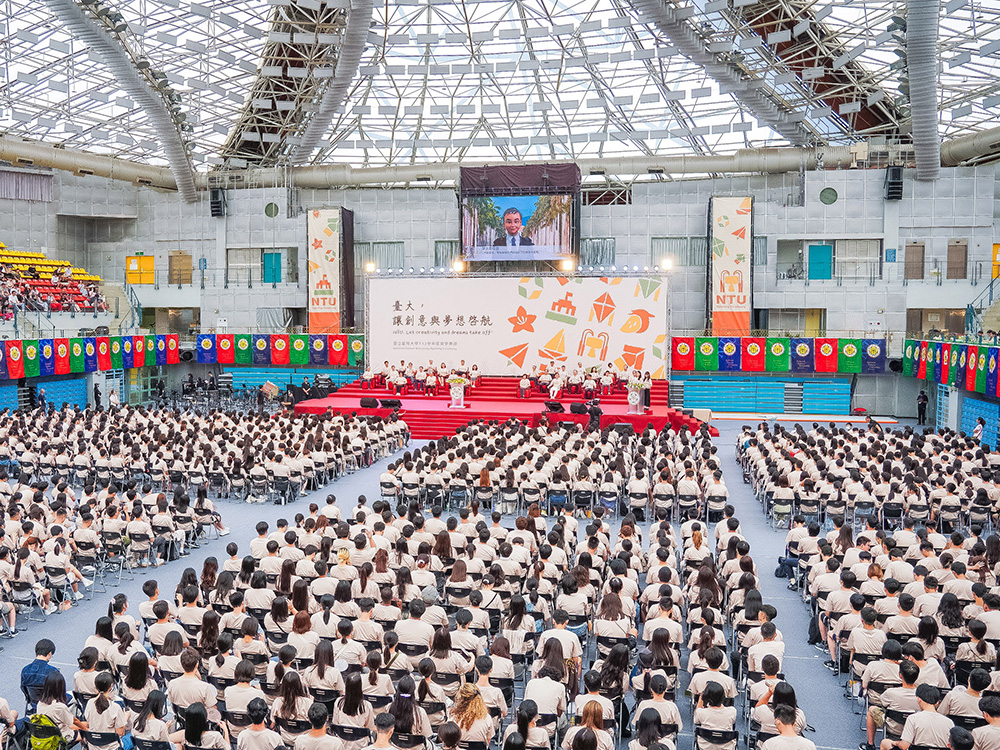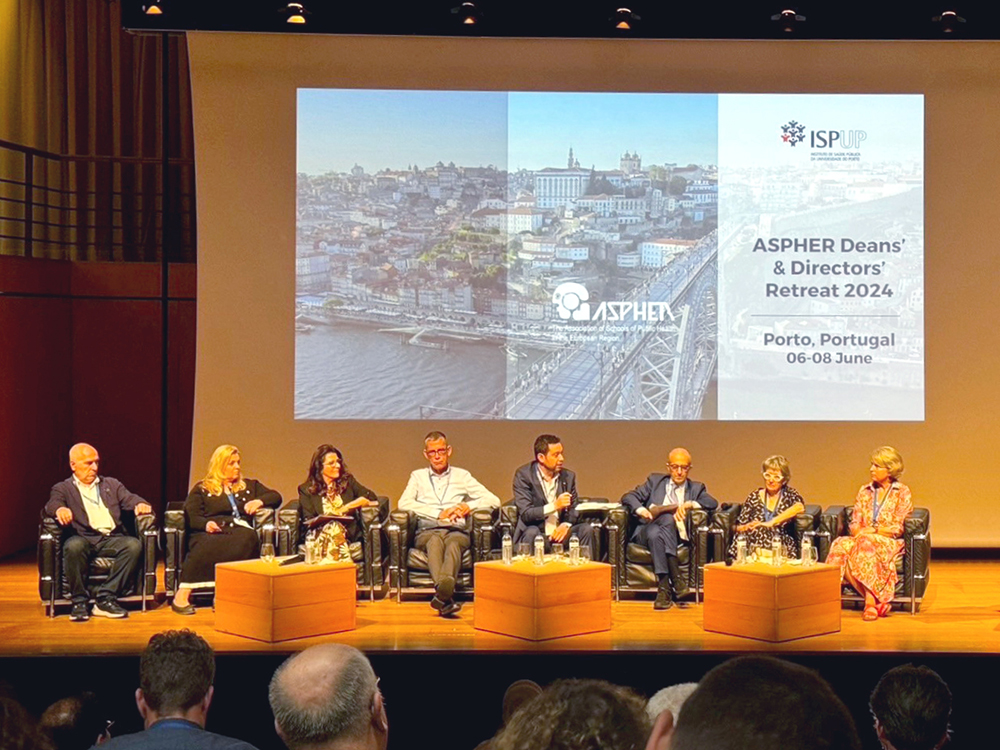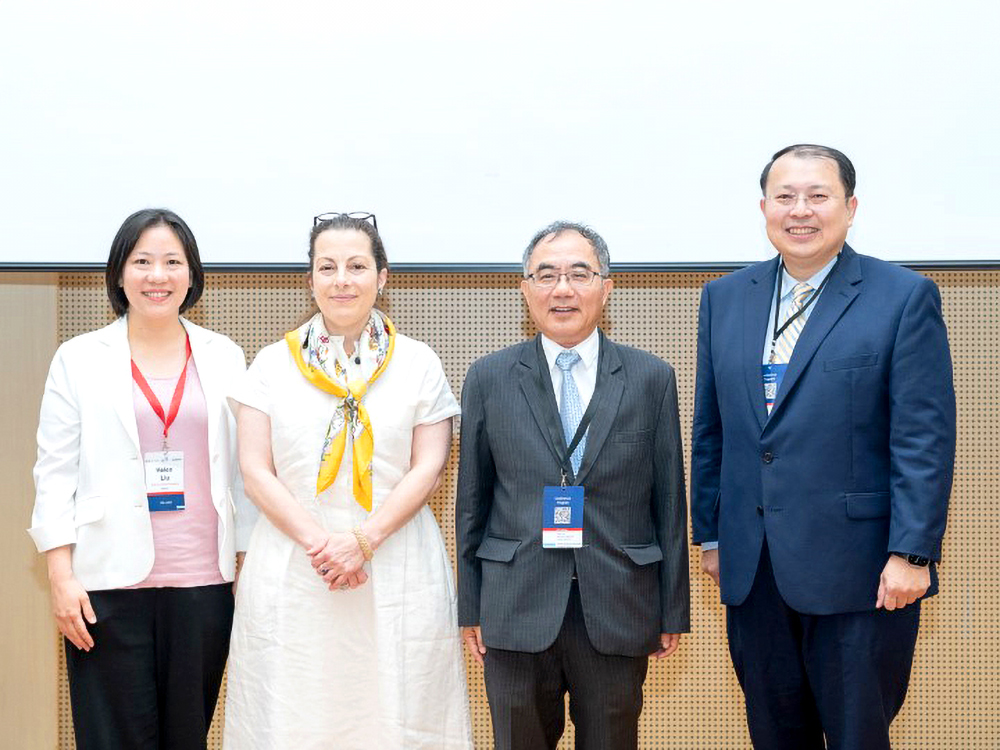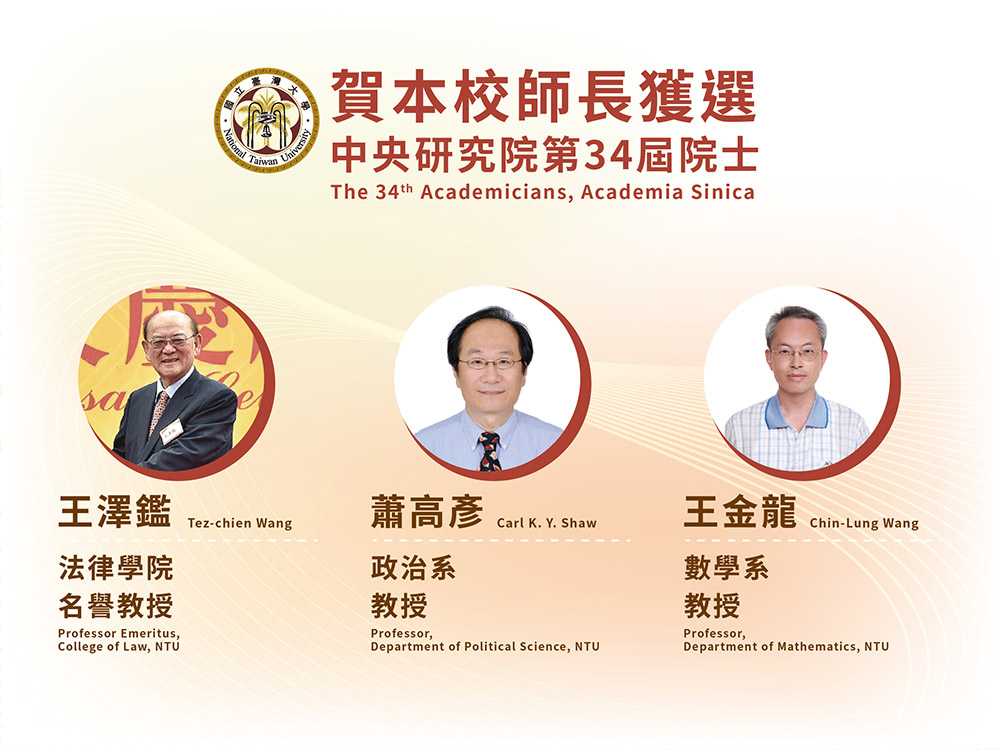
NTU Opening Ceremony: “Where Creativity and Dreams Take Flight”
瀏覽器版本過舊,或未開啟 javascript
請更新瀏覽器或啟用 javascript
Spotlights
Dr. Hsun-Ming Hu working in Bàsura Cave, northern Italy, 2018.
A group photograph of the international team, led by Dr. Chuan-Chou Shen, in front of Bàsura Cave, northern Italy.
A stalagmite in Bàsura Cave.
Europe, even located at the mid-high latitude at 40-70oN, the autumn and winter are mild and comfortable. Such pleasant weather is regulated by the warm and humid westerly winds from the North Atlantic Ocean. During the 15th to 19th century, Europe experienced the coldest winters over the last ten thousand years, known as the “Little Ice Age” (LIA). The LIA was suggested to be caused by volcanic eruptions and low solar activity. However, the detailed climate pattern in Europe remains unclear.
Dr. Hsun-Ming Hu, the first author, and Prof. Chuan-Chou Shen, the leader of this international project, published their latest prominent study1 of the split westerly winds over Europe during the early LIA in the prestigious journal “Nature Communications” on August 20. The finding overturns the past understanding of the southward westerly drift during this interval.
In 2018, Dr. Hu collected an 8-cm-long stalagmite in Bàsura Cave, northern Italy. By conducting high-precision radiometric U-Th dating techniques and trace element analyses in the HISPEC, Department of Geosciences, NTU, the drifting histories of the westerly winds in Europe-Mediterranean realm were revealed. Comparison of Bàsura records with previous published precipitation data shows that, during the early LIA, the westerly winds not only drifted southerly, but also split into two branches away from mainland Europe. The absence of moisturizing with warm and humid currents in turn resulted in dry and cold winter in Europe. They conclude that the double westerly winds were triggered by frequent high-pressure anomalies over northern Europe.
Model simulations suggest that the frequent high-pressure anomalies over Europe could be induced by both concurrent sea-ice melting at the North Atlantic and low solar activity during the early LIA. Under the ongoing global warming, the North Atlantic sea-ice could keep melting in the coming decades. The scenario revealed in this study could happen again. As a consequence, the ecosystem and Europeans could face severe impacts from droughts. Dr. Hu emphasized that the drift of the westerlies did affect the ancient civilization, such as the collapse of the western Roman Empire2.

NTU Opening Ceremony: “Where Creativity and Dreams Take Flight”

Prof. Wei-Shiung Yang wins MOE National Excellent Teacher Award

NTU College of Public Health's Global Health Program Joins the Association of Schools of Public Health in the European Region

NTU hosts a successful dg.o 2024

Congratulations to NTU faculty members elected as 34th AS academicians
Current Spotlights